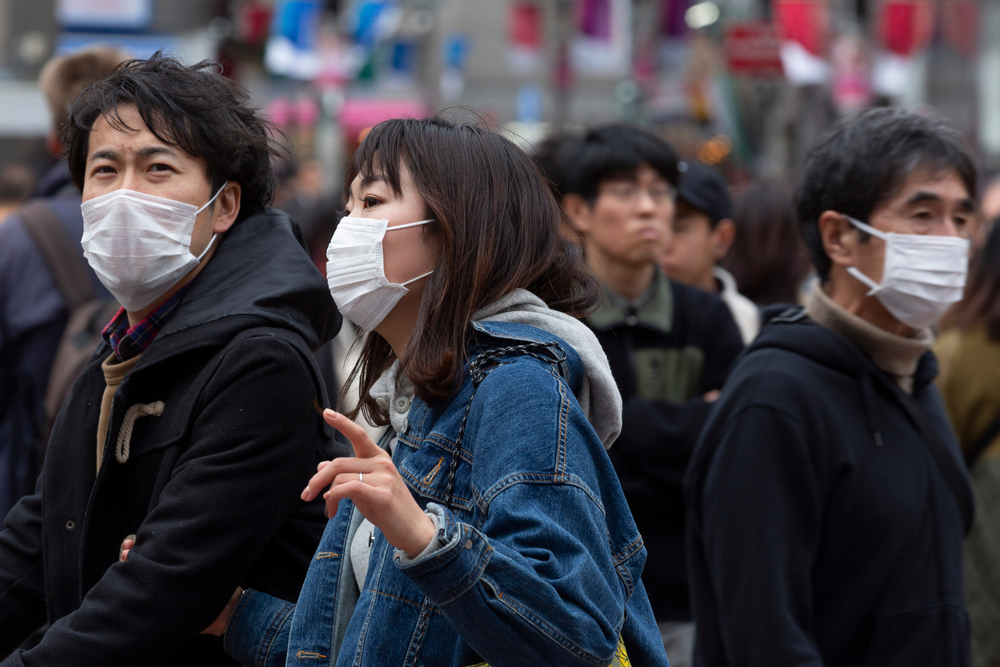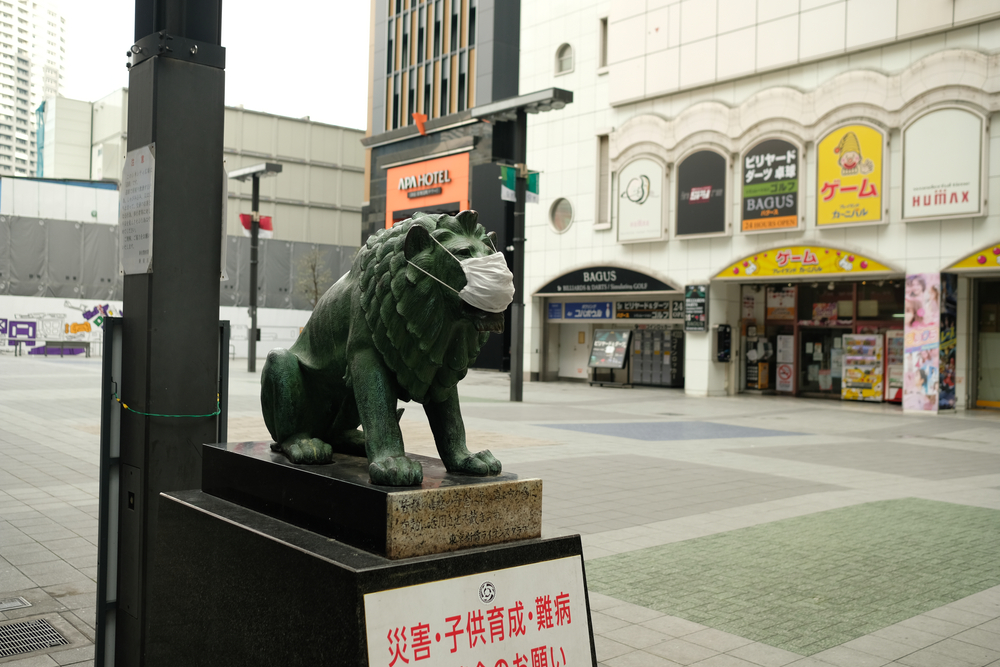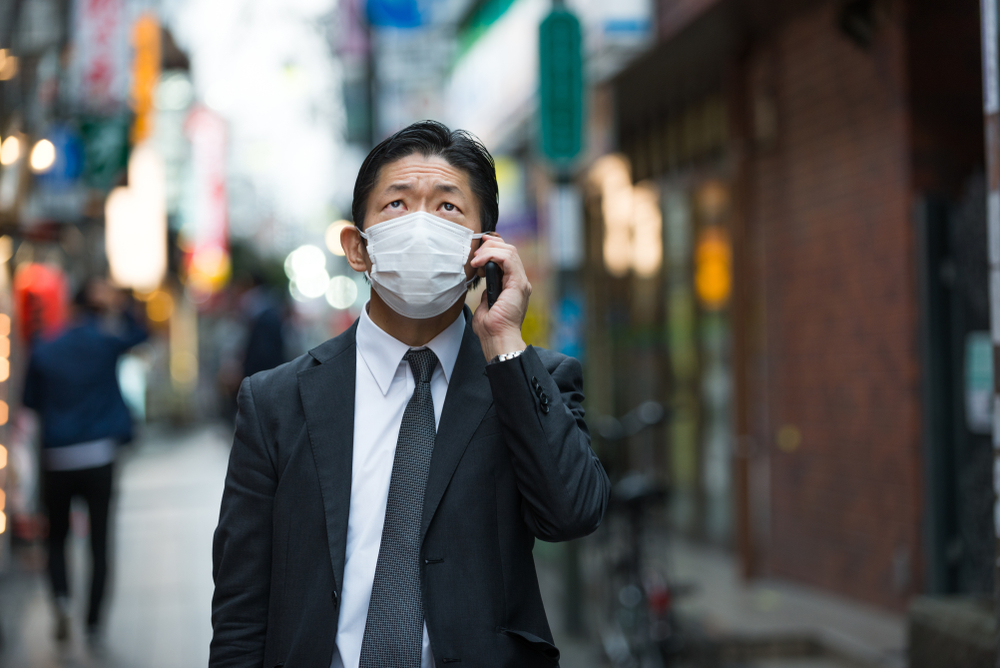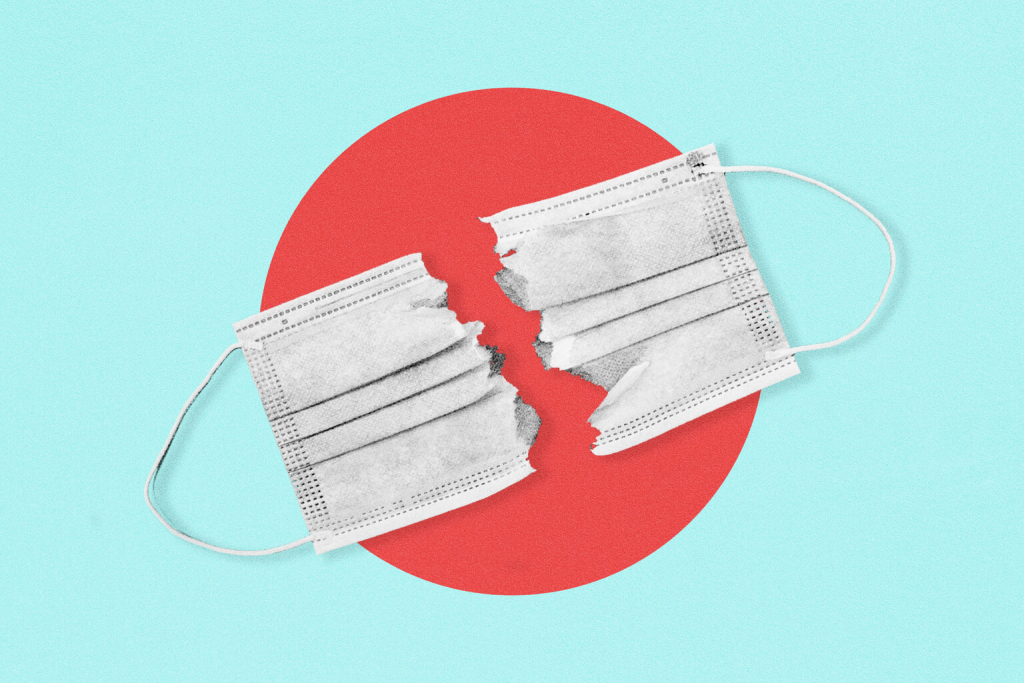Having spent most of 2022 in the UK – where the current attitude towards Covid is along the lines of “What virus?” – I have found it particularly difficult to reacclimatize to Japan’s unwavering devotion to masks. One doesn’t need polls or surveys to see that 99 percent of the public are walking around with little pieces of cloth straddling their faces; rain or shine, night or day, irrespective of the trajectory of Covid case numbers.
This hit home on one of my first nights back, when I made the mistake of walking bare-faced into a 7-Eleven – ironically, to buy masks – only to be greeted by the unmistakable presence of glaring eyes and slowly retreating strangers.
Now, I don’t want to pontificate in opposition to expert advice – there are plenty who have pipped me to the post – and I think its admirable the Japanese public don’t need to be threatened with punitive measures to adopt a practice that might benefit their fellow human beings. But I can’t be the only one to have noticed the posturing and lack of logic in the ongoing textile campaign.
Firstly, cloth masks, which a significant portion of the citizenry wear, are of dubious efficacy – a fact no longer really disputed – as you can read about here, here and here. This was exacerbated further when Delta and Omicron, particularly infectious variants, arrived on the scene.
Secondly, to be seen with a mask and the actual reason for wearing a mask – i.e., as a coronavirus prevention method – are no longer one and the same. I’ll give you an example: I often see groups of masked people entering small izakaya and bars the size of coffins only to drink, shout, laugh, raconteur, smoke and spittle all over one another before re-masking to go back outside. No one has quite explained the logic of this to me. It’s because there isn’t any.

The Symbol of an Era
Masks have long existed as symbols of human expression; appearing as performative storytelling devices, decorative artworks, ceremonial motifs and armor designed to protect and intimidate. Only recently has a single type of mask become so globally ubiquitous and with such binary connotations.
According to the orthodoxies of our times, the mask symbolizes those who are caring, empathetic, conscientious and “doing the right thing”; and conversely, those who aren’t. In Japan, where much value is heaped on conformity and keeping up appearances, it’s little surprise this symbol has become so enduring.
But as the mask shifted from a healthcare issue to a sociocultural one, the long-term ramifications of people shielding their faces in almost all interpersonal settings receded into the background.
In research published by Nature, which assessed how pervasive mask-wearing can affect identification, trust and recognizing emotions, the results were fairly damning.
“Facemasks potentially inhibit the capability to perceive a lot of social information of the utmost relevance for everyday interactions across several social contexts,” the researchers wrote. “Facemasks may also alter the perceived trustworthiness of unknown mask-bearers. By making emotional displays harder to interpret, facemasks may also compromise facial mimicry and behavioral synchrony which, in turn, boost social bonds, empathy and playful interactions.”
Similar studies have explored the adverse effects of pervasive mask-wearing on social anxiety, psychological competency and autonomy, facial perception in children and even lung and skin conditions.
This is not to claim that everyone should instantly burn their mask repositories by the skip-load. But rather to question the viability of wearing masks on almost all occasions in perpetuity – especially as Covid cases are stabilizing and over 80 percent of the population is vaccinated – and whether it’s wise for future generations to be raised in an environment where hiding one’s face is the rule, rather than the exception.

Decision Time for the Government
Chief Cabinet Secretary Hirokazu Matsuno recently said masks were no longer needed when practicing social distancing outside, citing concerns about heat stroke as the hot and humid summer looms. He also noted the government would continue to review antivirus measures.
Whilst these are steps in the right direction, Toshio Nakagawa, president of the Japan Medical Association, said in a press conference, “I don’t expect the day will come in Japan when people will remove their masks in a life with Covid-19.” Unfortunately, I believe him.
It was never hard to get Japan to mask up: just a few requests from officialdom along with increased signage in public spaces. The immediate uptake was almost certainly helped by the pre-pandemic use of masks during annual flu and hay fever seasons.
One could argue that such willingness to accept behavioral requests from on high and a fastidious approach to basic virus prevention methods helped Japan brave the pandemic storms better than many of its developed peers. The government now needs to rely on similar levels of compliance if it is to phase out the always-masked approach.
That said, a survey by Planet marketing firm last year noted that 80 percent of respondents in Japan would continue wearing a mask post-pandemic. Another recent survey by Nippon Information suggested over 50 precent were happy to remain masked for the time being. In light of such data, a drastic change in the mask messaging would be fraught with political consequences and only the most maverick of leaders would be willing to expedite it.

Is There a Pathway to a Maskless Future?
Back when the pandemic started, I feared for a world where all communication was done virtually, all hugs and handshakes were reduced to elbow bumps, all entertainment was sought from the sofa and all meetings with friends were conducted at “safe and secure” distances.
Those fears have since been alleviated, but have been replaced by a new fear: that the mask is a permanent fixture of life in Japan. At a time when social bonds are fracturing, anxieties are prevalent and loneliness is on the rise, that is a fear worth considering.









